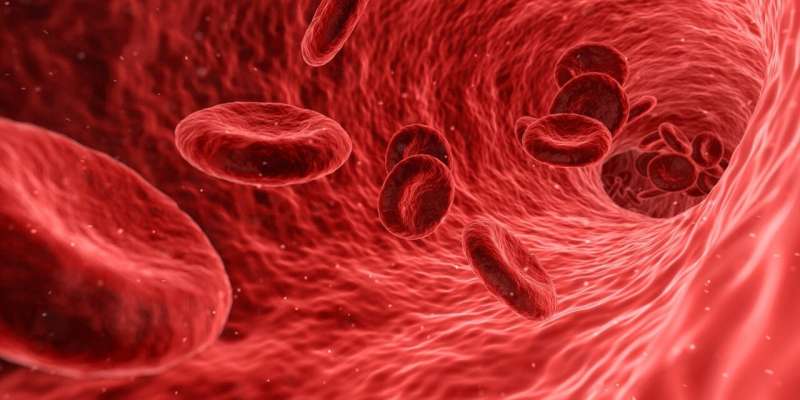Deadly Blood Clots and Risky Treatments: Navigating Deep Vein Thrombosis in Athletes and Beyond

Explore the risks, treatments, and research breakthroughs surrounding deep vein thrombosis (DVT) in athletes and the broader population. Learn how new therapies aim to improve safety and outcomes.
Recent cases of deep vein thrombosis (DVT) in prominent athletes highlight the serious health risks associated with blood clots that can develop in the veins of the arms or legs. For instance, NBA star Damian Lillard, 34, and rising NBA talent Victor Wembanyama, 21, have both been diagnosed with DVT, leading to their sidelining from competition. These instances are part of a broader pattern where well-known athletes such as Chris Bosh and Brandon Ingram have also experienced similar conditions, underscoring the impact of DVT across different levels of sports.
Deep vein thrombosis is caused by blood clots that form within veins, often linked to factors such as age, obesity, decreased mobility, use of estrogen-based medications, smoking, and repetitive arm movements—like throwing a basketball—that can increase risk. While DVT usually causes symptoms such as swelling, pain, and bruising in the affected limb, it is generally not life-threatening on its own. However, if untreated, parts of the clot can dislodge and travel to the lungs, resulting in a potentially fatal pulmonary embolism (PE). Both DVT and PE are major contributors to vascular-related mortality, ranking third after heart attack and stroke.
Prominent figures like Serena Williams have also faced PE, illustrating the dangers of blood clots. Treatments include blood-thinning medications and surgery to remove clots, which are effective but come with their own risks. Blood thinners, which hinder clot formation without actually thinning the blood, are crucial in managing DVT and PE.
Managing blood thinners involves balancing efficacy with the risk of bleeding. For example, Serena Williams, after her second childbirth, was treated with heparin following a PE, but experienced significant bleeding. Athletes on these medications are more prone to injuries, especially in contact sports, due to increased internal bleeding risk.
Innovative research at McMaster University aims to develop safer, more effective blood-thinning drugs. A promising candidate is ADAMTS13, a protein with potential to prevent abnormal clot formation without increasing bleeding risk. Such advancements could benefit both athletes and the general population, reducing the millions of annual prescriptions for blood thinners worldwide.
Understanding and managing DVT is vital. Awareness of risks, early diagnosis, and targeted treatment can save lives and allow individuals, including athletes, to continue their activities safely. As research progresses, safer therapies hold the promise of better outcomes for everyone at risk of blood clot-related conditions.
source: https://medicalxpress.com/news/2025-05-deadly-blood-clots-risky-treatments.html
Stay Updated with Mia's Feed
Get the latest health & wellness insights delivered straight to your inbox.
Related Articles
Rise in No/Low Alcohol Beverage Market Driven by Heavy Drinkers
The UK's no/low alcohol drink market is booming, especially among heavy drinkers, raising questions about public health impacts and affordability. Learn more about recent research insights.
Breakthrough Study Identifies Distinct Biological Subtypes of Autism for Personalized Diagnosis and Treatment
Researchers have identified four biologically distinct subtypes of autism, driving advancements in personalized diagnosis and treatment options for neurodevelopmental conditions.
Virtual Reality Assessments Identify Early Spatial Navigation Challenges Linked to Dementia Risk
A groundbreaking VR-based assessment identifies early impairments in spatial navigation among older adults, offering promising prospects for early detection of Alzheimer's disease.



